Historical context:
Still life emerged, particularly during the early 1600s in Dutch and Northern European paintings. Many of the objects depicted in these early works are symbolic of religion and morality reflecting on the increasing urbanization of Dutch and Flemish society, which brought with it an emphasis on the home and personal possessions, commerce and trade.
Paintings depicting burnt candles, human skulls, dying flowers, fruits and vegetables, broken chalices, jewelry, crowns, watches, mirrors, bottles, glasses, vases etc are symbolic of the transience and brevity of human life, power, beauty and wealth, as well as of the insignificance of all material things and achievements.
Below is a link directing to a website that is discussing the way in which modern artists have been able to keep Still Life Painting relevant and how hyperrealistic imagery has overturned the more classic styles of Still Life Art in order to be more useful in the modern day, for example, its uses in branding and selling of household products and accessories.
Therefore with this project as it can be seen, it was set out as an aim to look to capture similar styled Still Life Imagery from pieces we’ve seen and studied and allow us to explore the different areas of conceptual art a still life image can relate to, for example story telling or extracting emotive responses to the work by the viewers.
Here is a selection of my favourite image along with other images I thought were particularly well put together/taken:
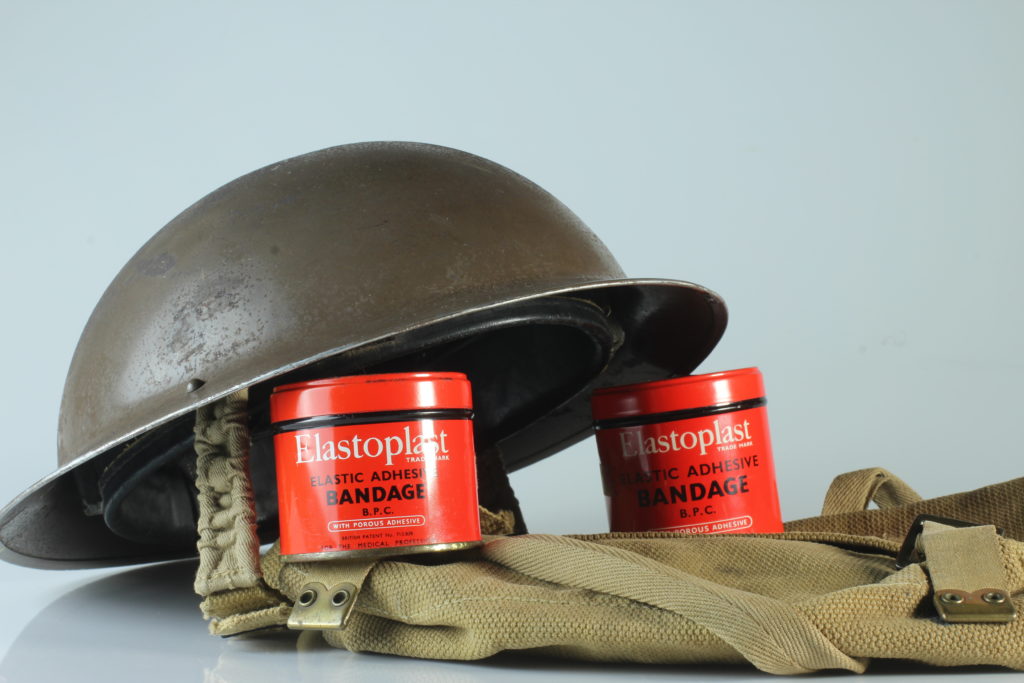
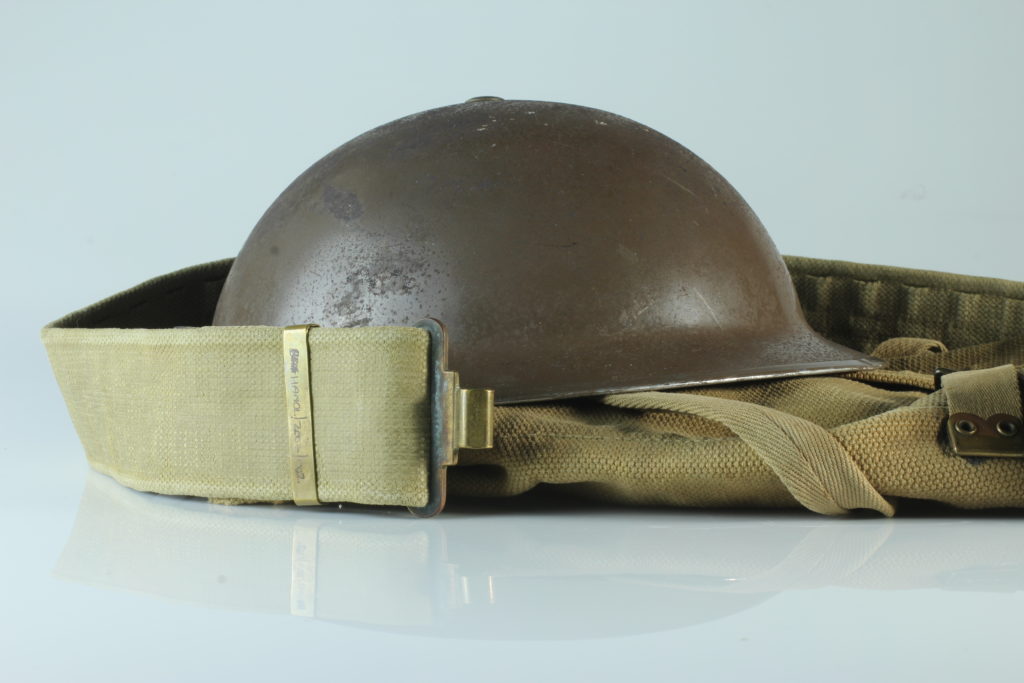
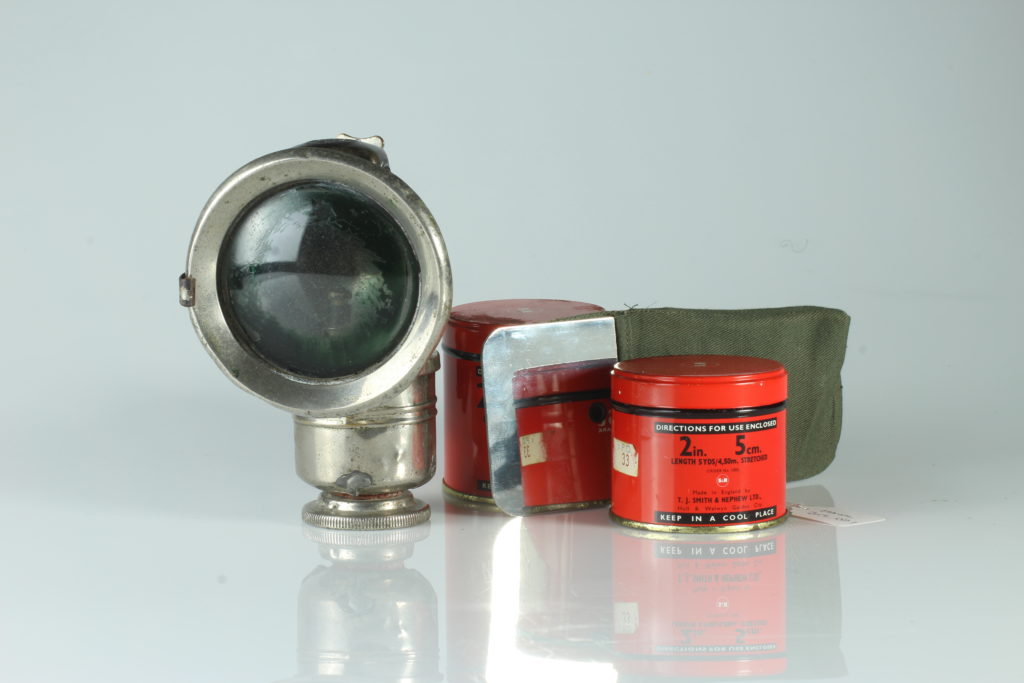
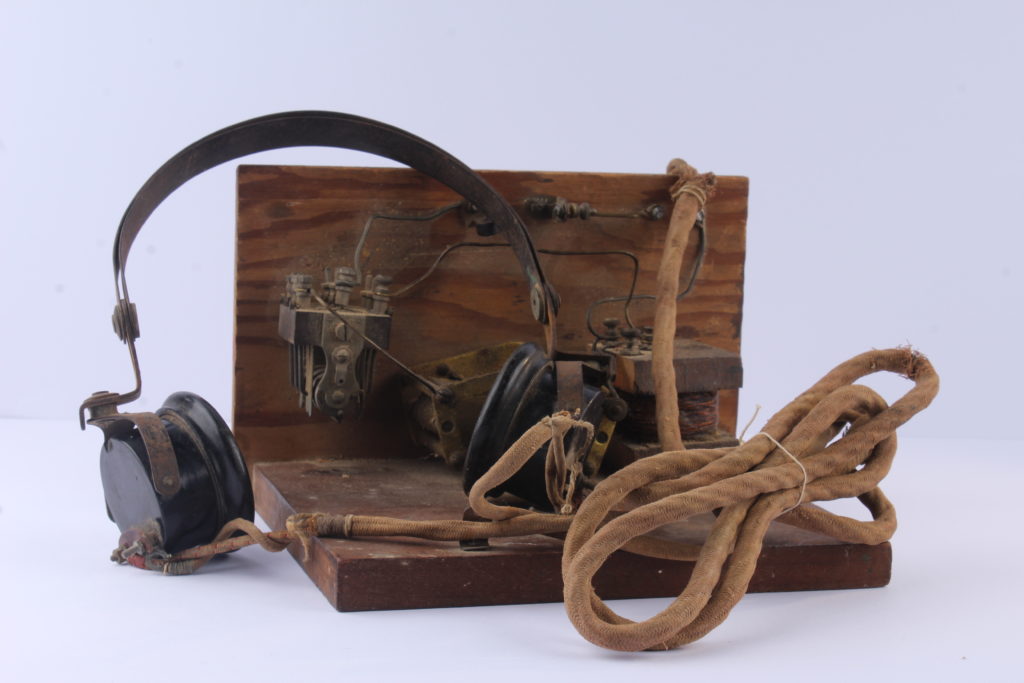
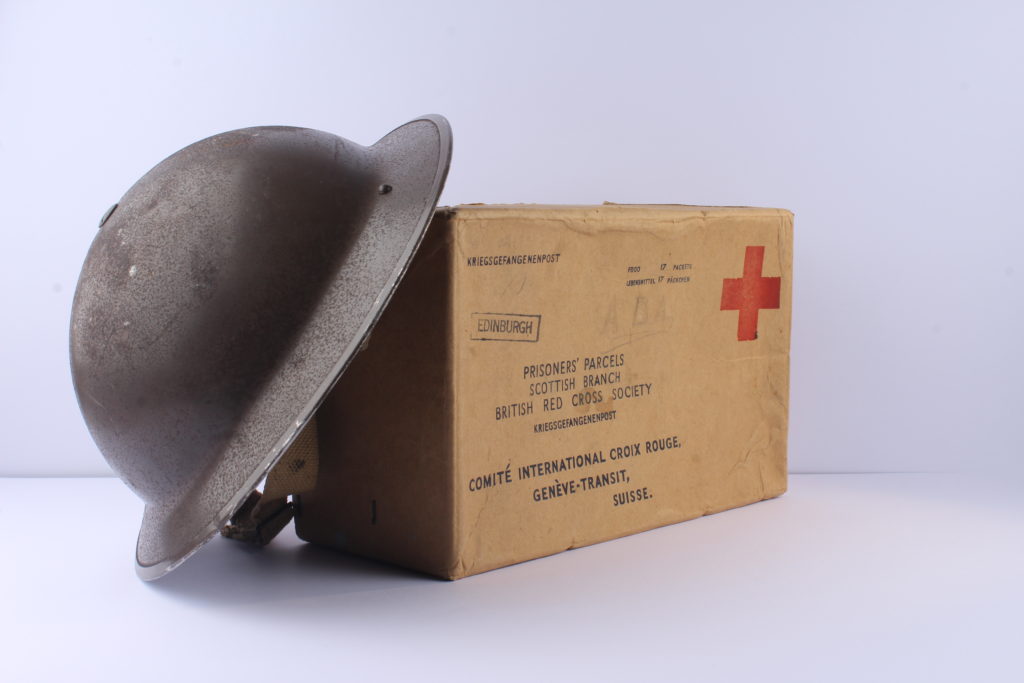
The lighting in this photo is quite bright to highlight all of the finer details such as the markings on the package and dents in the helmet to give the objets more of a texture and conceptual background. The focus is as sharp as it can be for the same reason and its been taken fairly close up for the same reason gain. This picture was all about capturing the finer details that provoke thought and understanding through its viewers and about the message of there being “more than meets the eye”.


